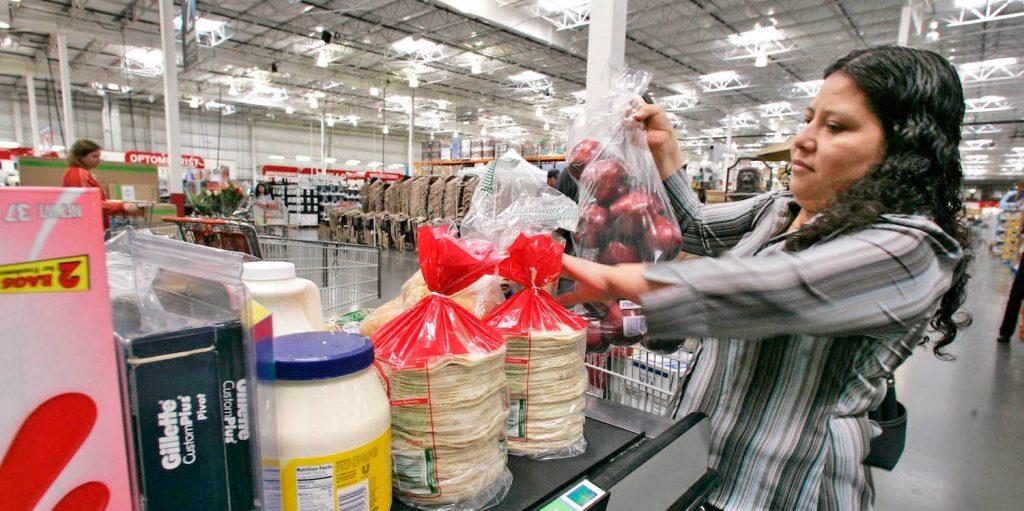- The Consumer Price Index rose 8.5% year-over-year in July, the government said Wednesday.
- That landed below the median forecast of 8.7% and showed inflation cooling through last month.
- Tumbling gas prices counted for most of the slowdown, as high pump costs boosted inflation earlier in the year.
Spenders, rejoice.
The Consumer Price Index rose 8.5% in the year through July, the Bureau of Labor Statistics said Wednesday. Economists surveyed by Bloomberg expected the measure to climb 8.7% year-over-year. The print marks a sizeable cooldown/unexpected acceleration in the headline inflation rate following the 9.1% gain in the year through June.
The index went unchanged between June and July alone, according to the report. That was less than the median forecast of a 0.2% uptick and reflects a similar deceleration from June's 1.3% monthly surge.
July's reading means we might be past the peak of pandemic-era inflation. Plummeting gas prices powered much of the month's cooldown, with the national average price per gallon sliding to $4.19 from nearly $5. That put significant downward pressure on the index, which had been lifted earlier in the year by skyrocketing energy prices.
Energy prices broadly dropped 4.6% last month, according to the report. Gas costs slid 7.7%, and the price of fuel oil fell 11%.
Pump prices have fallen further still in August, suggesting the next CPI report could show a similar decline. The national average now sits below $4 per gallon, and the slump shows little sign of stopping.
"Prices may have remained constant in July, but consumers are noticeably more optimistic now than they were a month ago," John Leer, chief economist at Morning Consult, said. "In the eyes of consumers, falling gas prices are a harbinger of improving personal finances and lower inflation."
That's not to say the US is in the clear. Core CPI, which strips out food and energy prices, rose 5.9% in the year through July, matching the prior month's 5.9% gain, although its month-over-month gain of 0.3% was much smaller than June's 0.7% monthly rate. Both prints offer an encouraging sign that inflation is easing in areas other than the energy sector.
The core measure was largely lifted by rising vehicle and housing costs. The government's new-vehicle index rose 0.6% through July, easing slightly from June's 0.7% gain. Shelter prices gained 0.5%, similarly cooling from the prior month's pace but still surpassing the pre-pandemic average.
The core gauge is largely regarded as a better tracker of underlying inflation dynamics, as food and energy costs are fairly volatile. The still-elevated reading signals that tackling the inflation problem will involve more than lower gas prices, and that a return to healthier price growth will take several months.
The economy will get some help from the Federal Reserve through the rest of the year. The central bank has already raised interest rates at the fastest pace since the 1980s in an aggressive bid to cool demand and stifle inflation. Those hikes quickly translated to higher mortgage rates and pricier credit-card debt, but their broad effects on the economy can take several months to emerge.
The Fed started raising rates in March and issued larger-than-usual increases at its May, June, and July meetings. As those hikes start to reverberate throughout the economy, it's likely demand comes more in line with supply and inflation cools at a faster clip.

